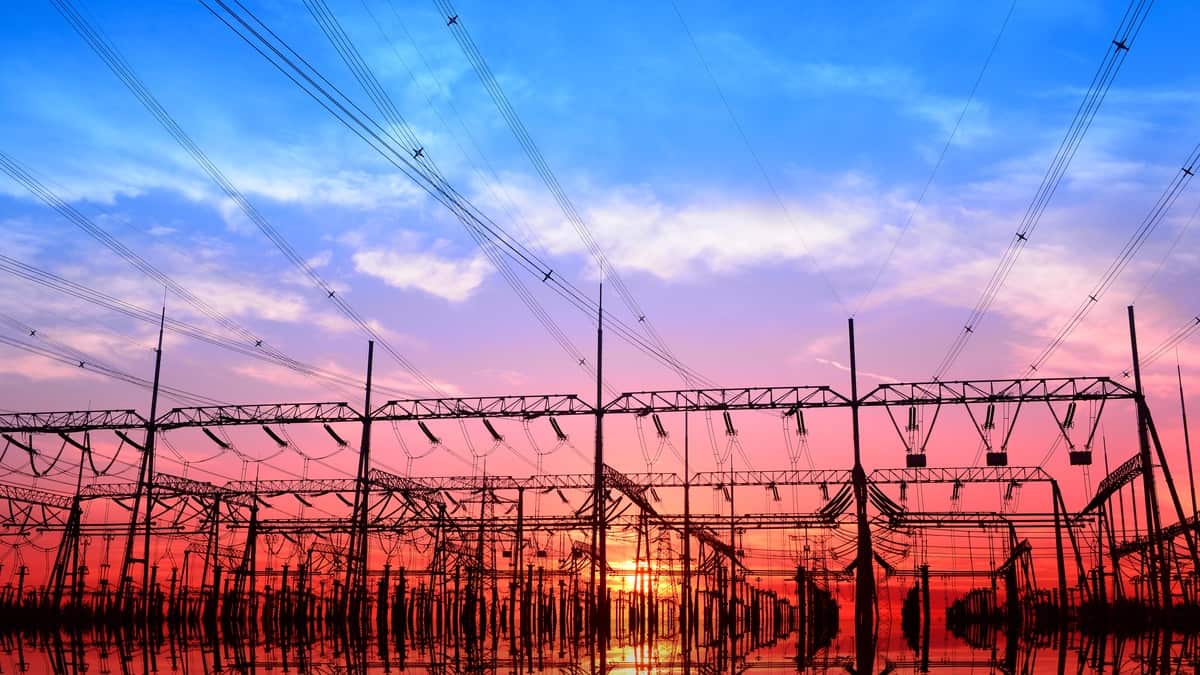The rapid rise of Artificial Intelligence (AI) is bringing an alarming challenge: a surge in power consumption.
The tremendous computing power necessary to train and run intricate AI models is straining the capacity of the electrical grids.
As a result, tech companies scramble to come up with solutions to ensure that AI innovations will not cause blackouts and environmental strain in the future.
Tech companies grapple with rising energy needs
The intensifying AI race will certainly demand more electricity than the capacity of the Columbia River, which has aided the American West with hydroelectric power since FDR’s New Deal era.
It also boosts fossil fuel consumption, which results in the delay of the retirement of several coal-fired plants.
“Coal plants are being reinvigorated because of the AI boom. This should be alarming to anyone who cares about the environment.”
Tamara Kneese, a project director at the nonprofit Data & Society
In response, tech giant Microsoft is investing in atomic fusion near the river’s banks in Central Washington. For context, atomic fusion is the collision of atoms that powers the sun. The project is expected to harness fusion by 2028, demonstrating the company and its partners’ commitment to depend on renewable energy.
Moreover, other tech companies are also exploring other solutions, such as small nuclear reactors hooked to individual computing hubs and machinery. These reactors accumulate power from geothermal energy by boring 10,000 feet into the Earth’s crust.
These efforts are crucial to offsetting the adverse environmental effects of AI innovations, especially amid the surge of data centers across the world.
Surge of data centers forcing reliance on Fossil Fuel
Tech companies are building massive data centers to power AI, and the energy consumption is so high it could strain the electricity grid. These data centers, despite being from clean energy companies, are turning into major energy guzzlers.
The IEA asserted that a ChatGPT-powered search consumes nearly tenfold the amount of energy as a Google search.
Ironically, tech giants like Google and Amazon aim to be carbon neutral by 2030. However, the growing demand for energy for their data centers is leading to more use of fossil fuels, which goes against their sustainability goals.
“They are starting to think like cement and chemical plants. The ones who have approached us are agnostic as to where the power is coming from.”
Ganesh Sakshi, Mountain V Oil & Gas CFO
Innovative Sustainable Solutions
Despite AI’s alleged adverse environmental effects, tech giants are boldly pushing forward with their belief that breakthroughs in energy, like fusion power, are within reach. Big investors in the field share this confidence, like tech leaders Sam Altman and Bill Gates.
AI industry players also argue that such innovations are better for the environment than curbing electricity usage. They contend that AI can optimize the power grid, improve nuclear technology, and track emissions.
Microsoft is the most transparent company in terms of energy use, while its major competitors, Google, Amazon, and Meta, omitted to share detailed information in The Washington Post interview.
“If we work together, we can unlock AI’s game-changing abilities to help create the net zero, climate resilient and nature positive works that we so urgently need.”
Microsoft
The AI race continues to create an enormous energy burden worldwide, threatening blackouts and environmental consequences. Tech giants are scrambling for sustainable solutions, exploring fusion power, small nuclear reactors, and geothermal energy, among others. Despite the challenges, there’s optimism that breakthroughs in clean energy can support AI’s potential for environmental interest.

